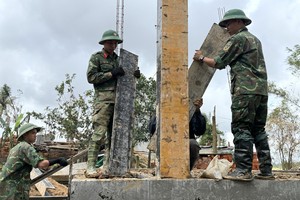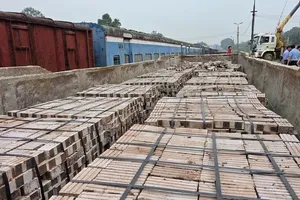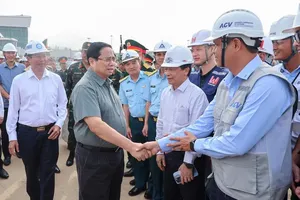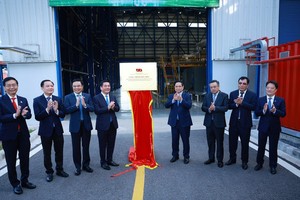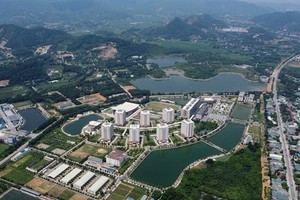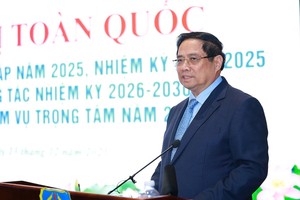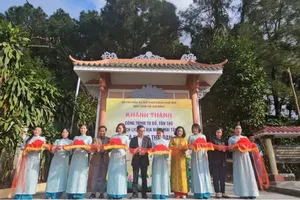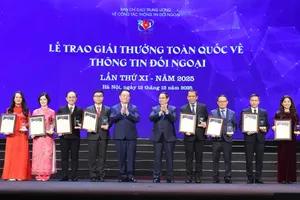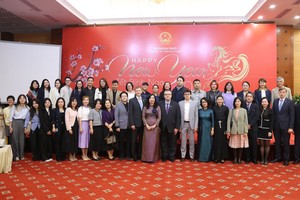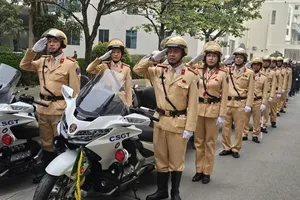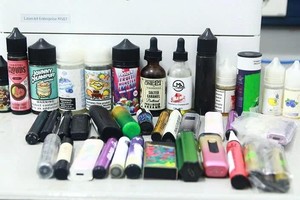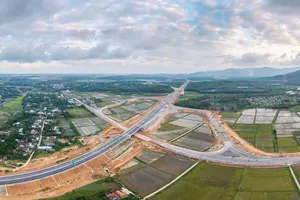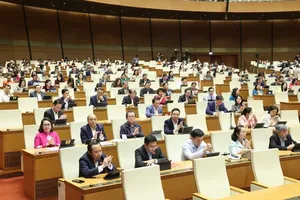
The Natural Resources and Environment Ministry has informed that the volume of household sewage in urban areas in Vietnam now is at 3,650m3 a day, yet only 12-14 percent of that amount is collected and treated properly. Among 846 urban areas nationwide, only 38 possess special facilities for sewage processing, accounting for 4.4 percent. The proportions of treated wastewater in Hanoi, HCMC, and Da Nang City are 22 percent, 21.2 percent, and 33 percent, respectively. 53 out of 69 sewage treatment facilities in Vietnam use the Official Development Assistance (ODA) capital and 2 follow the PPP model.
Obviously, most wastewater treatment plants in the country now operate under the ODA capital and cannot answer the public’s demands. Meanwhile, the application of PPP still encounters obstacles since the private sector is not enthusiastic about this task.
This results from low profit but high maintenance cost of these plants, plus a lack of commitment or support to create a favorable, open, and safe investment environment for investors. Adding to that is a complicated PPP contract that requires long-term budget commitment, which might not be guaranteed when there is a change in local leadership tenure or policy.
The national green growth for the 2021-2030 period, with a vision to 2050, by the Government states that by 2030, the percentage of collected and treated sewage in level-2 urban areas must reach over 50 percent, while the proportion of lower-level urban areas should be 20 percent.
To better attract the participation of the private sector in this task, Deputy Director General Nguyen Thuong Hien of the Vietnam Environment Administration (under the Natural Resources and Environment Ministry) proposed the development of a reasonable planning strategy in order to promote the growth of infrastructure; a clear legal frame for PPP with specific mechanisms, credit policy, service fees, and land use.
The State should perfect the corresponding legal documents, mechanisms, policies, and detailed instruction on current preferential policies and support for the task of sewage treatment. It is also necessary to introduce a guideline for investor selection, with favorable conditions for environmentally friendly technologies. Public bidding to choose investors where international ones are prioritized should be held to minimize contractor appointment.
Expert on PPP from the United States Agency for International Development (USAID) Doan Tien Giang said that PPP is a popular method used in many countries for wastewater treatment. To boost the use of such a model in Vietnam, the State should introduce practical solutions to address financial balance issues, to ensure the supply, and to tackle problems or inadequacies in contract content.
Dr. Vu Tien Loc, Head of the Vietnam International Arbitration Center shared that the PPP Law, issued by the National Assembly, has come into effect since 2021 in hope of attracting more investments from the private sector for socio-economic infrastructure projects. However, due to certain reasons, the PPP model in sewage treatment has not been popular in Vietnam.
Calculations show that the goal of increasing the proportion of collected and treated sewage by 15-70 percent in the next 10 years requires a large capital amount of US$10-20 billion. The mobilization of resources from the private sector is an optimal answer. That means the State must adopt a comprehensive solution to create an open investment environment with specific support for investors.




